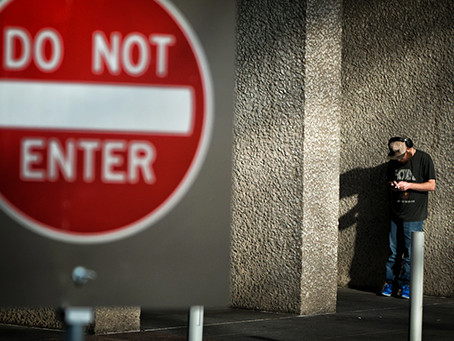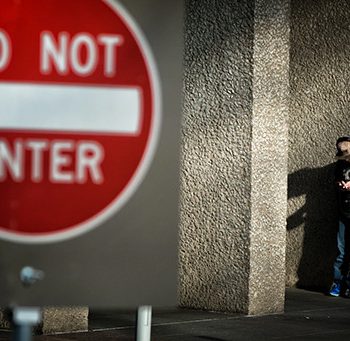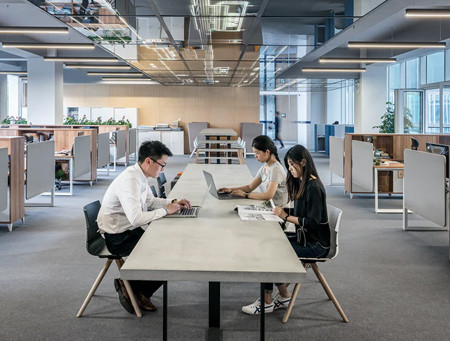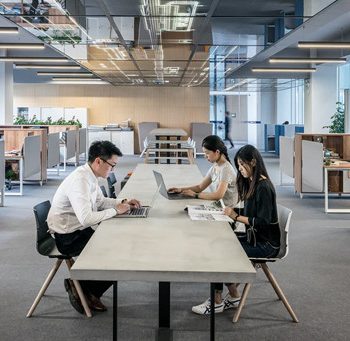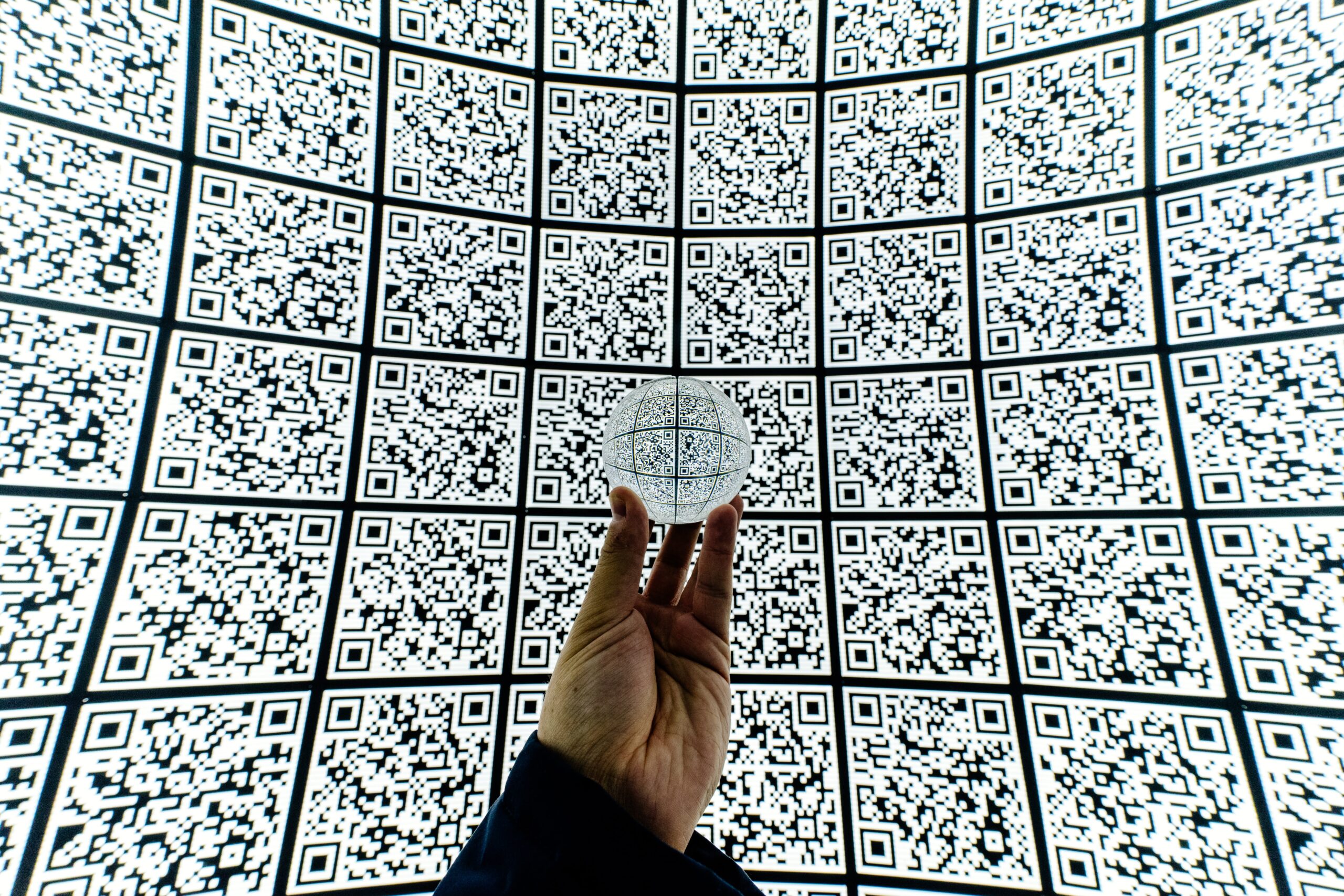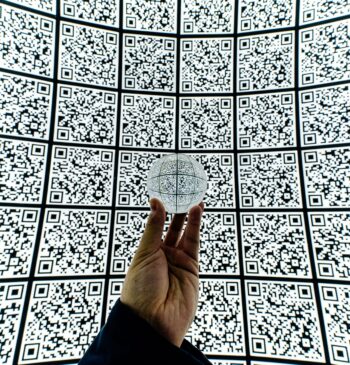Blog
Why Are Senior Care Facilities So Strict About Reopening & How Can We Ease the Process?
- By VaMs-PaNeL
10 Nov
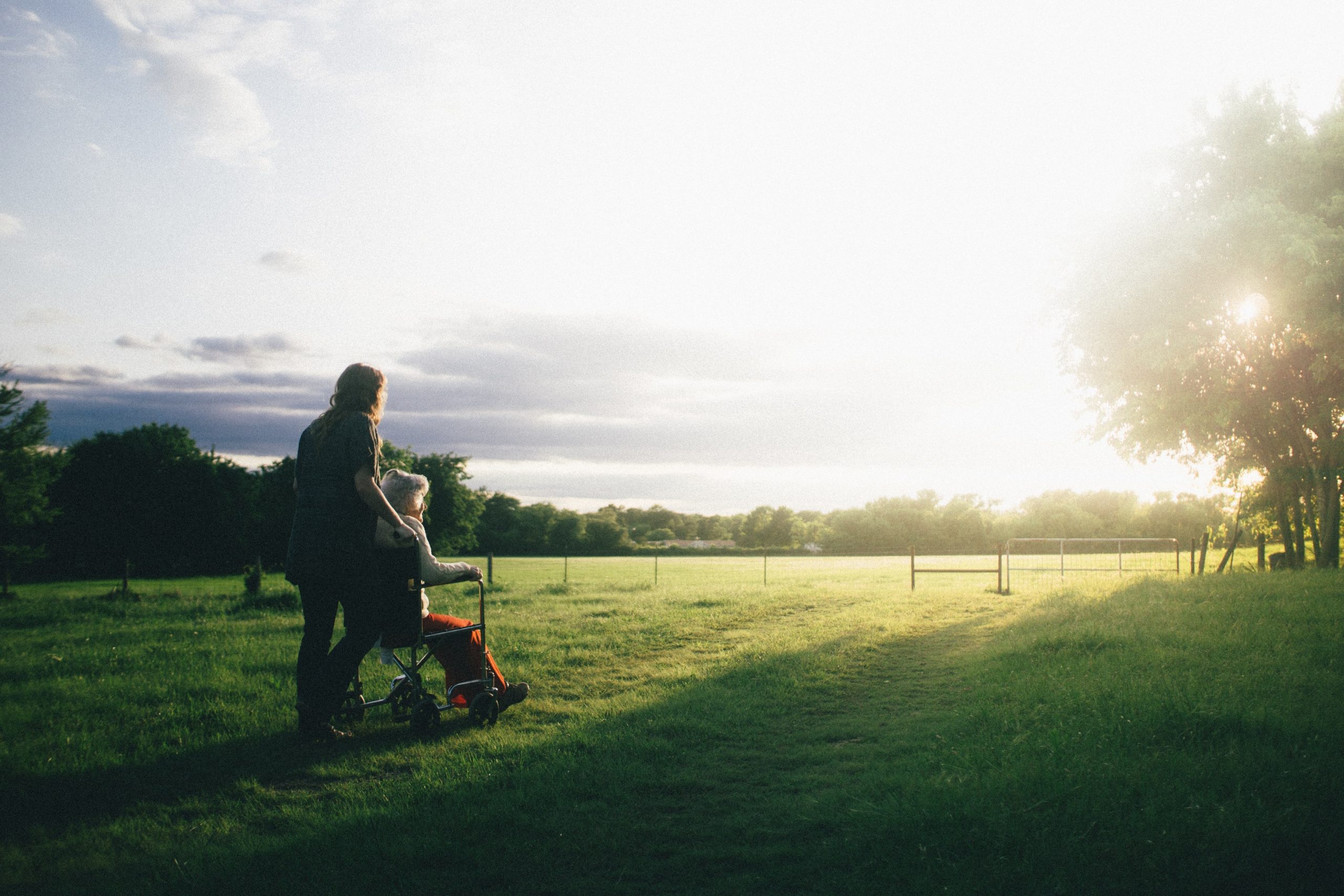

As we move into the latter phases of the U.S. government’s plan to open the country up again, senior care facilities will finally look to resume regular operations and services.
Why have these particular congregate settings taken so long to reopen?
The answer is obvious.
Long-term care establishments, nursing homes, and assisted living facilities often include a predominantly older crowd. And the older crowd is vulnerable to the SARS-CoV-2 virus, on account of age-related immunity dysfunction and other issues. More than 78% of the reported COVID-related 640,000 deaths in the U.S. were of people aged 65 and older, according to the most recent data from the U.S. Centers for Disease Control and Prevention.
The vulnerable nature of senior care facilities residents married to the considerable risks of living in a congregate setting, requires thorough efforts to mitigate COVID19 exposure. To enable the transition to a new normal, we outline 3 steps senior care facilities should take to ensure all-round protection for their elderly residents, staff, and consultants.
1. Seek Guidance from Health, State, & Local Authorities
Every facility will have to check the case status of their respective state, county, and city. If their city has a high incidence of COVID-19 cases, and community transmission rates are high, then chances are that authorities will not permit reopening until there is subsidence of cases. The critical importance of reducing COVID-19 exposure requires a safe number of people living on premises.
Before reopening, each facility would do well to have a reopening plan in place based on guidelines from the Centers for Disease Control and Prevention (CDC). This should include aspects of infection prevention and control (IPC), visitation guidance, supplies, staff, and testing infrastructure of the facility. If there are staff shortages, inadequate supplies, and substandard testing facilities, then reopening will not be a good idea. Carefully review facility-level factors, so that it meets the standards ordained appropriate by state and/or local health officials.
2. Utilize Effective Access Control Systems
As people flow in and out of a senior care facility, the risk of transmission runs higher. Naturally, there need to be barriers that regulate who enters, where they enter, and how they enter. For this purpose, access control systems can be incorporated into the built environment. These include turnstiles, flap barriers, automated doors with contactless card readers, and more. These can also be connected to devices such as body temperature and facemask scanners to ensure the person coming in is healthy.
Furthermore, these systems can assist staff and security for other matters such as resident loitering, theft, and interpersonal violence between residents/patients. With access control technology strategically placed around the premises, you can restrict residents from wandering off into hazardous zones, and safeguard offices and laboratories where expensive equipment is stored. You can prevent non-essential healthcare personnel from entering, overcrowded communal dining, and hotspots.
3. Master Space Digitally Through a Visitor Management System
As mentioned before, all senior care facilities require stringent health measures to ensure that everyone on the premises is a known entity with recognizable and measurable variables such as body temperature, vaccination status, purpose of visit, time of visit, duration of visit, and room of visit.
Access control technology can physically manage several aspects of this, but it will need a digital master to integrate with, so that administrators can review, analyze, and inspect reports from the convenience of their smartphones and personal computers. This is where a visitor management system comes in.
A visitor management system can oversee all aspects of the visitor experience fromentry to exit. It can oversee universal source control—temperature checks, symptom checks, health screening questionnaires. It can collect requisite visitor data in a secure and legal manner, and ensure that administrators have the next best thing to a bird’s eye view of their premises.
As senior care facilities evolve into the new normal, they can ensure the best quality of life among their residents, promoting social engagement within reasonable limits, and creating a mental comfort for its owners and administrators. A visitor management system like VAMS makes this little, intimate world a better place.

Subscribe to our Newsletter
HEAD OFFICE
VAMS Safeguard Pvt. Ltd.
+91 22-4170-7575 [email protected]C-209/210, Mittal Commercia Premises Co. Op. Soc. Ltd., Near Mittal Estate, Andheri East, Mumbai – 400059
HEAD OFFICE
Suite 1902, 1212, Avenue Of the Americas, New York, NY 10036
© 2025 by VAMS GLOBAL.
